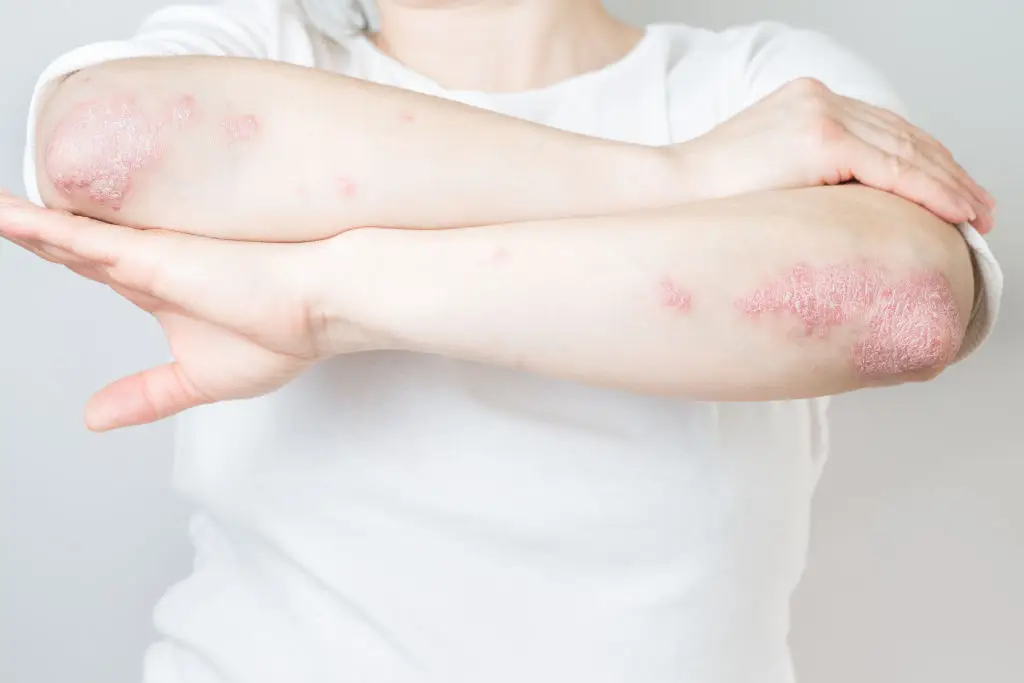The Autoimmune-Skin Connection: 9 Subtle Changes You Can't Ignore
If you’ve ever paused in front of the mirror, catching sight of a new patch of dryness or a stubborn rash that seems to appear out of nowhere, you’re not alone. Skin is often the body’s earliest messenger, quietly reflecting shifts happening beneath the surface—sometimes even before you feel anything else. For many people, these subtle changes can be an early signal of an underlying autoimmune process. While we tend to associate autoimmune diseases with symptoms like joint pain or fatigue, the first hints may show up on our skin in ways that are easy to miss or dismiss.
1. Unexplained Rashes That Don’t Heal

Some rashes just won’t take the hint and leave, even after you’ve tried every lotion or over-the-counter remedy in your cabinet. Unlike typical allergic reactions or irritations, these persistent rashes often show up in unusual places—think your cheeks, scalp, fingers, or even your chest. Dr. Kara Wada, a rheumatologist, notes that, “A rash that just won’t go away…can be a revealing piece of the puzzle” when it comes to uncovering autoimmune conditions. Unlike seasonal eczema or a bug bite, an autoimmune-related rash usually lingers, resists ordinary treatments, and sometimes intensifies after sun exposure or stress. You might notice it’s red, scaly, or oddly shaped. If you catch yourself covering the same patch day after day, it’s worth jotting down notes or snapping a photo for your healthcare provider. Listening to these changes isn’t about panicking—it’s a step toward understanding what your body may need. Gentle observation paired with professional advice can lead to early support and more peace of mind.
2. Butterfly-Shaped Rash Across the Cheeks and Nose

When a pink or red rash stretches across your cheeks and the bridge of your nose, creating a “butterfly” shape, it’s more than just a blush or irritation. This classic sign is often linked to lupus, an autoimmune condition that can affect various systems throughout the body. What sets this rash apart? It usually flares up or deepens after sun exposure and doesn’t follow the typical pattern of acne or rosacea. The butterfly rash can appear suddenly—sometimes after a day outside or during times of emotional stress—and may or may not itch. Not every case of redness on the face means lupus, but when the central facial area is involved without the bumps or pimples associated with common skin issues, it’s worth sharing this observation with your doctor. Paying attention to patterns and triggers helps build a richer picture of your health. Every detail—like changes in color, shape, or sensation—can offer valuable clues and support early, compassionate care.
